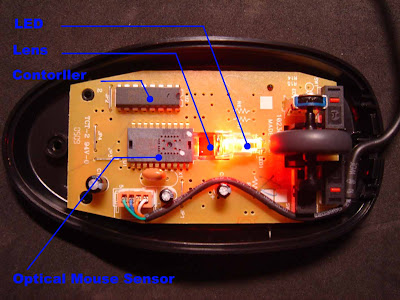The electrooculogram (EOG) is the electrical signal produced by
the potential difference between the retina and the cornea of the eye.
This difference is due to the large presence of electrically active
nerves in the retina compared to the front of the eye. Many experiments
show that the corneal part is a positive pole and the retina part is a
negative pole in the eyeball.
Eye movement will respectively generates voltage up to 16uV and 14uV per 1° in horizontal and vertical way. The typical EOG waveforms generated by eye movements
 The diagram top figure shows the three types of eye movements and the bottom figure shows the original EOG waveform.
The diagram top figure shows the three types of eye movements and the bottom figure shows the original EOG waveform.
Positive
or negative pulses will be generated when the eyes rolling upward or
downward. The amplitude of pulse will be increased with the increment of
rolling angle, and the width of the positive (negative) pulse is
proportional to the duration of the eyeball rolling process.
When the
eyes are stationary or when the eyes are looking straight ahead, there
is no considerable change in potential and the amplitude of signal
obtained is approximately zero.
When the eyes are made to move upwards, then there results an action potential, which when measured will give a value of -0.06v to +0.06v. Similarly a downward movement of the eyes will give a similar voltage with opposite polarities to that obtained due to the left movement.
reference:







